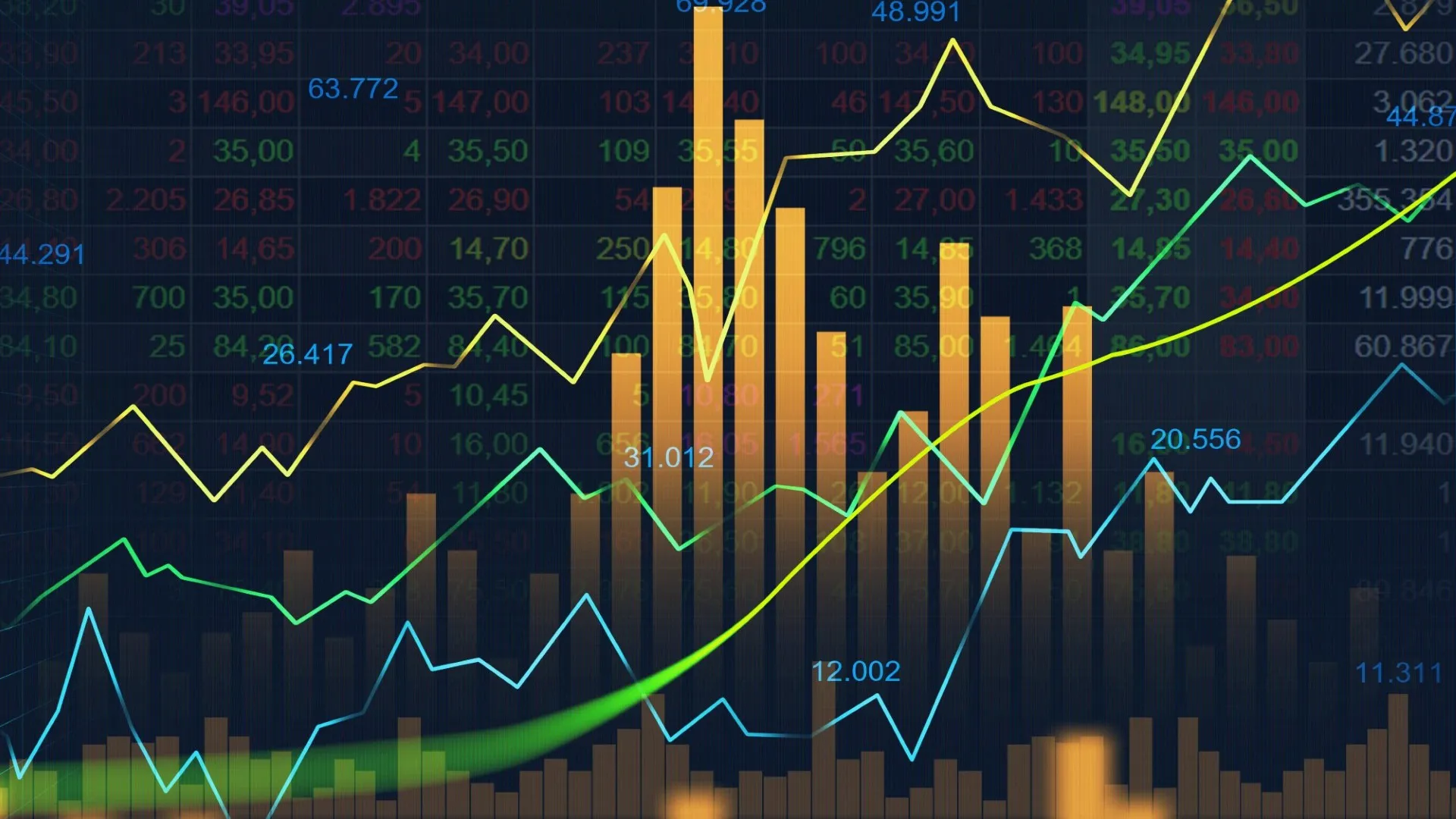
Understanding the Forex Market
Forex Interbank Market
The bulk of forex trading happens on the “interbank market,” which has no physical location or central exchange, unlike stock markets like NYSE or LSE. It operates electronically through a network of banks and non-bank financial institutions (NBFIs) around the world, 24 hours a day.
Because of its decentralized structure, trades can happen anywhere with an internet connection.
Forex OTC Market
The forex market is an over-the-counter (OTC) market and is the largest and most liquid financial market globally. Participants choose trading partners based on trading conditions, price attractiveness, and reputation.
Currency Distribution
In the forex market, the U.S. dollar (USD) dominates with 84.9% of all transactions, followed by the euro (EUR) at 39.1%, and the yen (JPY) at 19.0%. Major currencies hold the top spots in global trading.
The Dominance of the U.S. Dollar
The USD is a key player in forex trading because:
- The U.S. has the largest economy and most liquid financial markets.
- The U.S. dollar serves as the world’s primary reserve currency.
- It is used widely in cross-border transactions (e.g., oil priced in USD).
- Global banks and institutions hold substantial assets in USD, amounting to around $16.7 trillion.
Functions of the Forex Market
The forex market serves to:
- Transfer funds between currencies.
- Provide short-term credit for international trade.
- Hedge against foreign exchange risk.
- Facilitate speculation on currency price movements.
Speculation and Market Liquidity
Over 90% of forex trading volume is driven by speculators aiming to profit from short-term price movements. High liquidity in the forex market allows large transactions with minimal price impact, though liquidity varies by currency pair and time of day.
What’s Next?
Later, we’ll explore how trading sessions impact currency pairs and dive deeper into how individuals can participate in forex trading.
